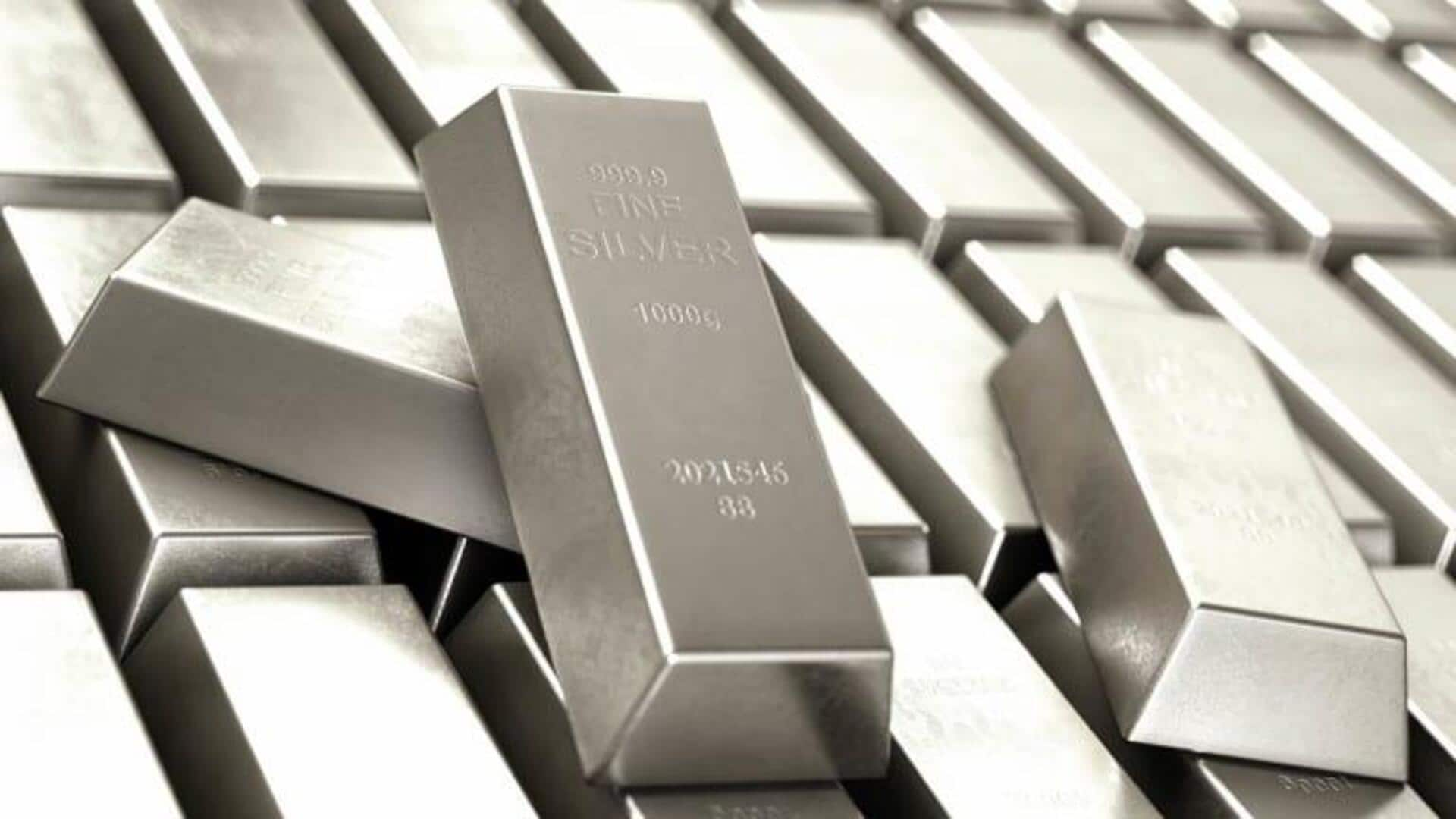
Nanoscale silver can heal without external intervention, study finds
What's the story
A groundbreaking study published in the journal Matter, reveals that nanoscale silver (Ag) possesses an inherent ability to self-repair. This discovery was made by researchers from the Institute of Physics (IOP) of the Chinese Academy of Sciences. The team used advanced in-situ transmission electron microscopy (TEM) and molecular dynamics (MD) simulations, to demonstrate that nanoscale Ag can autonomously mend itself from structural damage like nanocracks and nanopores, without any external intervention.
Temperature resilience
Self-healing ability effective at various temperatures
The research further revealed that this self-healing ability of nanoscale Ag is effective not only at room temperature but also at extremely low temperatures, down to 173K (over -100 degrees Celsius). Interestingly, the efficiency of the self-repair process remained consistent across multiple cycles over the same damaged area. This finding challenges previous assumptions about the difficulty of achieving self-healing in solid-state metals, without external triggers such as heat or mechanical stimulus.
Healing observation
Process observed at atomic level
The researchers conducted their experiments inside an atomic-resolution TEM, using single-crystalline Ag nanosheets as test specimens. They intentionally created nanopores and nanocracks in these specimens via in-situ drilling by TEM electron beam. Later, the Ag nanosheet specimen was kept in a "beam-off" state to prevent any external interference with the healing process. This approach allowed them to observe the self-healing of structural damage within several minutes, with atomically precise restoration of the crystal lattice of Ag.
Gold comparison
Gold does not exhibit similar self-healing behavior
In contrast to Ag, gold (Au) did not display similar self-healing behavior at room temperature. This is despite Au being the most closely related element to Ag in the periodic table, with many shared physical and chemical properties. The researchers attributed this difference to Ag's high mobility of surface diffusion, a characteristic not typically found in other metal solids. MD simulation results supported these experimental observations, further highlighting the unique healing behavior of Ag compared to Au.
Healing mechanism
Nanoscale silver's self-healing process driven by chemical potential imbalance
The research team used TEM to track the healing process in silver at the atomic level. They found that self-healing is enabled by the surface-mediated self-diffusion of Ag atoms, driven by a chemical potential imbalance due to the Gibbs-Thomson effect. This discovery provides a deeper understanding of self-healing phenomena in metal solids and could guide future research in this field.